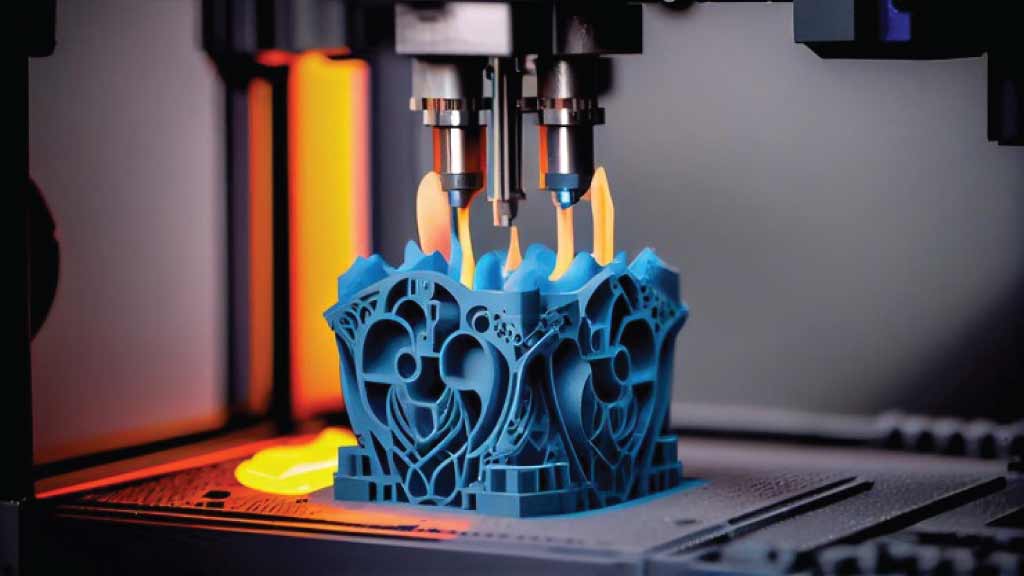Welcome to the complete guide to 3D metal printing, where innovation meets precision engineering to redefine the landscape of modern manufacturing. In this comprehensive exploration, we delve into the intricacies of metal additive manufacturing, uncovering its transformative process, myriad benefits, and pivotal role in shaping the future of industry. From the inception of digital models to the meticulous layer by layer construction, each stage of the metal 3D printing journey unfolds with meticulous detail. Join us on this captivating voyage as we unravel the mysteries of metal 3D printing and unlock its boundless potential.
What Is 3d Metal Printing:
FAQs About Metal 3d Printing:
What materials can be used in metal 3D printing?
Metal 3D printing supports a wide range of materials, including stainless steel, titanium, aluminum, nickel alloys, cobalt chrome, and more. The specific material used depends on the desired properties of the final object and the requirements of the application.
What are the typical applications of metal 3D printing?
Metal 3D printing finds applications across various industries, including aerospace, automotive, healthcare, and engineering. It is used for prototyping, tooling, producing end-use parts, creating complex geometries, customized medical implants, lightweight structures, and more.
How does metal 3D printing compare to traditional manufacturing methods in terms of cost?
While metal 3D printing can be cost-effective for producing low volumes of parts or customized components due to reduced tooling costs, it may not always be economical for high-volume production runs. However, advancements in technology and economies of scale are gradually reducing costs, making metal 3D printing more competitive.
What are the limitations of metal 3D printing?
Despite its numerous advantages, metal 3D printing has some limitations. These include higher initial investment costs for equipment, limited build volume compared to traditional manufacturing methods, longer production times for complex parts, and challenges in achieving certain surface finishes and tolerances.
Is metal 3D printing suitable for mass production?
While metal 3D printing is ideal for producing low volumes of highly customized or complex parts, it may not be as efficient for mass production compared to traditional manufacturing methods such as casting or forging. However, advancements in technology and process optimization are gradually making mass production more feasible.
What considerations should be taken into account when designing for metal 3D printing?
Designing for metal 3D printing requires careful consideration of factors such as support structures, orientation, material selection, and surface finishes. Designers should optimize designs for additive manufacturing by minimizing overhangs, incorporating lattice structures for lightweighting, and ensuring proper heat dissipation to avoid distortion during printing.

